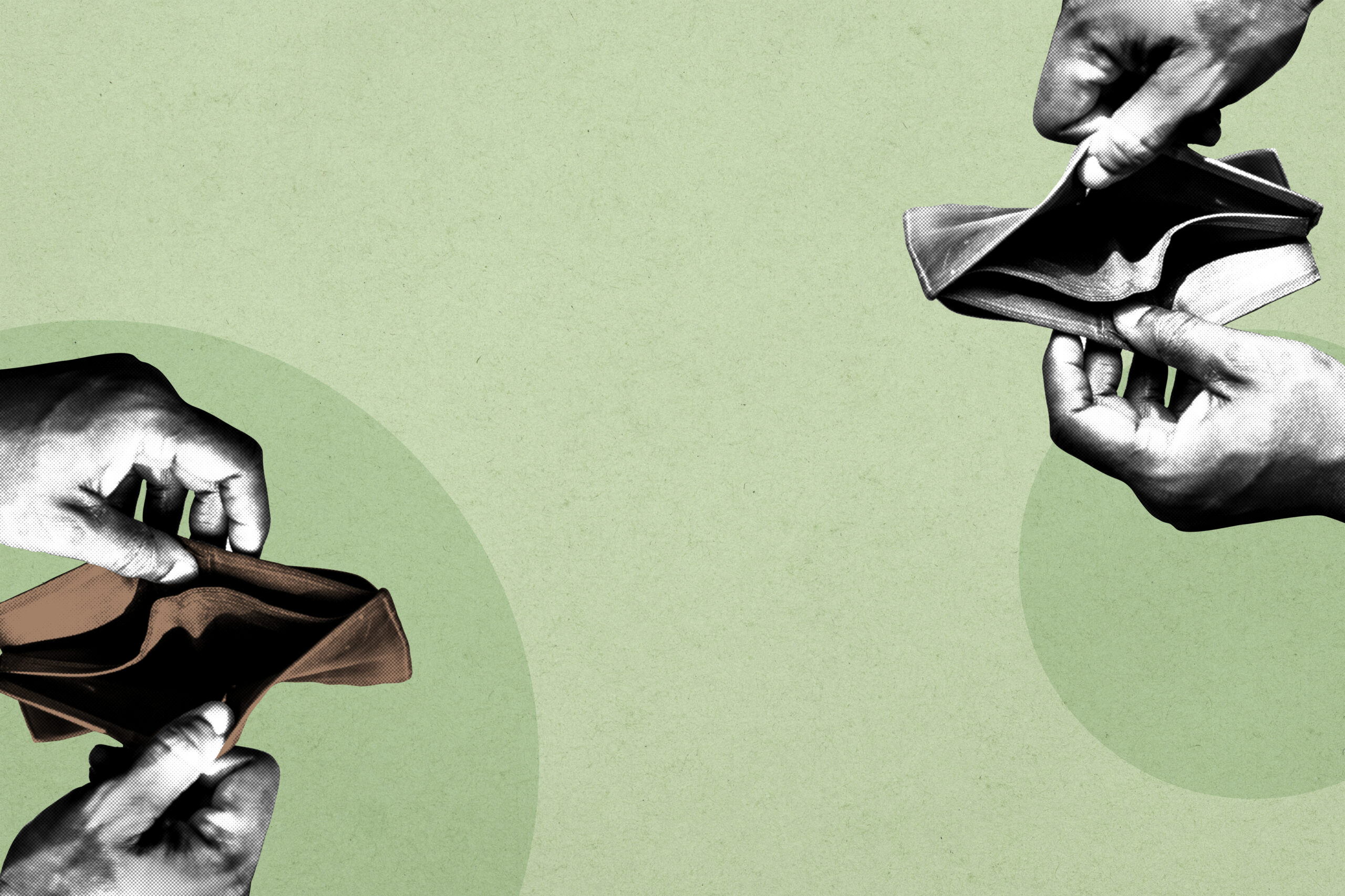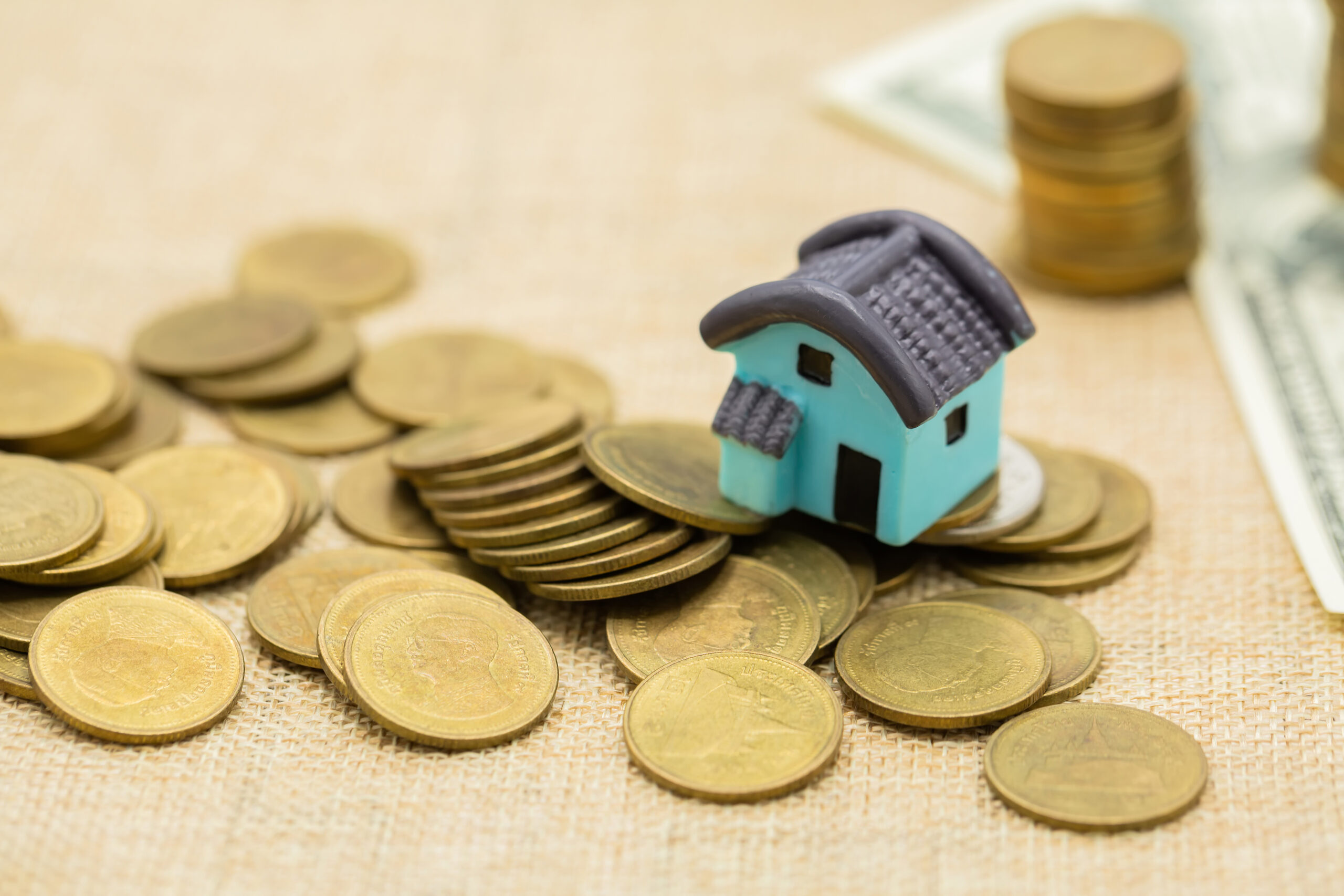For many homeowners, the mortgage is the largest debt they will ever have. While it may seem like an unavoidable burden, there are strategic steps that you can take to significantly reduce that debt over time. Having a smart debt reduction plan not only ensures that you pay off your mortgage faster but also allows you to achieve financial freedom without compromising your lifestyle.
If you’re a homeowner or a mortgage holder who feels like you’re buried under a mountain of debt, it’s time to take control. In this article, we’ll walk you through effective strategies to pay down your mortgage, avoid common pitfalls, and create a smart debt reduction plan that works for you. By the end of this article, you’ll understand the importance of strategic planning for your mortgage and be empowered to take action toward debt freedom.
Start your journey to financial freedom now by exploring how you can pay off your home in five years or less! Discover How to Eliminate Debt & Interest Payments.
What Are Smart Debt Reduction Plans?
A smart debt reduction plan for your mortgage is a systematic approach to paying off your mortgage early, reducing the total interest paid, and eliminating long-term debt faster. Rather than just making the minimum payments each month and stretching your mortgage over 30 years, a smart plan ensures that you pay off your debt in a more aggressive but manageable way.
These plans focus on being intelligent with your finances by utilizing key strategies, making extra payments, adjusting your budget, and leveraging tools like refinancing to lower interest rates.
Smart debt reduction is all about creating a personalized strategy that fits within your existing financial situation without imposing excessive hardship. This isn’t about living paycheck to paycheck or slashing your budget down to the bare bones. It’s about using your money more efficiently so that you can eliminate your mortgage debt sooner.
Why Are Debt Reduction Plans Crucial for Mortgage Holders?

Homeownership is often considered a key part of the American Dream, but it also comes with the responsibility of mortgage debt. Unfortunately, many homeowners are unaware of just how much they’re paying in interest over the course of their mortgage. A typical 30-year mortgage can result in hundreds of thousands of dollars in interest payments, even more than the principal amount itself.
The Impact of Long-Term Mortgage Debt
While mortgages often have relatively low interest rates, the length of time it takes to pay off a mortgage—typically 30 years—means you’re paying much more over the life of the loan. Even though monthly payments might seem affordable, the total amount you pay on a 30-year mortgage can be a significant financial burden.
With a smart debt reduction plan, you can significantly reduce the amount of interest you pay over time, freeing up your income for savings, investments, or enjoying a higher quality of life.
Building Financial Freedom
Paying off your mortgage early can dramatically improve your financial security. Once your home is paid off, you’ll be debt-free and can allocate more of your income to building wealth through investments or creating additional streams of passive income. A mortgage is a major weight on your financial freedom, but it doesn’t have to be permanent.
Start your journey to paying off your mortgage faster. Discover How You Can Pay Off Your Home in 5 Years or Less.
Key Strategies for Reducing Mortgage Debt Smartly
When it comes to paying off your mortgage faster, there’s no “one-size-fits-all” strategy. What works for you depends on your financial situation, goals, and lifestyle. However, the following strategies are some of the most effective ways to accelerate your mortgage debt reduction:
Making Extra Payments
One of the simplest ways to pay off your mortgage faster is by making extra payments toward the principal. Every time you pay more than the minimum, you reduce the amount of interest you’ll owe over the life of the loan.
You can start by making small additional payments every month or committing to one large payment per year (such as a bonus or tax return). These extra payments chip away at the principal and allow you to pay off your mortgage faster without significantly altering your monthly budget.
Refinancing for Better Terms
Refinancing your mortgage can be an excellent strategy to lower your monthly payments and reduce your overall debt. Refinancing involves replacing your current mortgage with a new one that has better terms—such as a lower interest rate or a shorter loan term.
For example, refinancing from a 30-year mortgage to a 15-year mortgage might increase your monthly payment slightly, but it will save you thousands of dollars in interest over the life of the loan.
Debt Snowball vs. Debt Avalanche Methods
While both methods can be used to pay down debt more effectively, each has its own advantages:
- Debt Snowball: This method focuses on paying off the smallest debts first, regardless of interest rates. Once a smaller debt is paid off, you move to the next smallest debt, and so on. The psychological benefit of seeing debt disappear quickly can be motivating for many people.
- Debt Avalanche: This method involves paying off the debt with the highest interest rate first, which can save you more money in the long run. After that, you move on to the next highest-interest debt and continue in this manner. While the debt avalanche may take longer to show results, it’s the most efficient way to reduce debt.
Both methods can be used effectively for reducing mortgage debt, but the debt avalanche method is typically more effective for mortgages since it focuses on saving money over time by prioritizing higher-interest debt.
How to Create Your Own Smart Debt Reduction Plan
Creating a smart debt reduction plan requires taking a close look at your finances and deciding how much you can realistically dedicate toward paying off your mortgage faster. Follow these steps to get started:
Assessing Your Financial Situation

Before you can create a plan, you need to know where you stand financially. Take stock of your income, expenses, debts, and savings. This includes reviewing your current mortgage details, including the interest rate, term, and remaining balance. This evaluation will give you a clear picture of your current financial health.
Setting Achievable Goals
Once you’ve assessed your financial situation, set clear, realistic goals for your debt reduction plan. Decide on a target timeline for paying off your mortgage and outline the steps you’ll take to achieve that goal. Whether it’s paying off the mortgage in 5 years, 10 years, or by your retirement, having a clear target will keep you motivated.
Tracking Progress
Keep track of your progress regularly. Monitor your monthly payments, debt reduction, and interest savings. This will help you stay on track and make adjustments if necessary. Celebrating milestones along the way, such as paying off a certain percentage of your mortgage, will help keep your momentum going.
Common Mistakes to Avoid When Reducing Mortgage Debt
While it’s important to stay focused on your debt reduction goals, there are a few common mistakes to avoid:
Ignoring Other Debts
Focusing solely on your mortgage while ignoring other debts (such as credit cards, student loans, or car loans) can hurt your overall financial health. Ensure that you’re managing all of your debts strategically, and consider paying down high-interest debts first to avoid accumulating more interest over time.
Overstretching Your Budget
It’s easy to get overly excited about paying down your mortgage and push yourself to make larger payments than you can realistically afford. Avoid overextending your budget, as this can lead to financial strain. Instead, choose an amount that’s comfortable and sustainable for you.
How to Know If a Debt Reduction Plan Is Working
It’s crucial to know whether your efforts are working. Here’s how you can measure the success of your mortgage debt reduction plan:
Tracking Savings in Interest Payments
The best way to measure progress is to track your interest savings. Making extra payments will result in less interest over the life of the loan, and you can use a mortgage calculator to see the total amount saved.
Evaluating Your Debt-to-Income Ratio
As you pay down your mortgage, your debt-to-income ratio will improve. A lower ratio means you have more disposable income, making it easier to save and invest.
Tools and Resources for Mortgage Debt Reduction
Several tools and resources can help you on your debt reduction journey:
Debt Reduction Calculators
Use online debt reduction calculators to figure out how long it will take you to pay off your mortgage with extra payments. This can help you determine the right amount to pay and when you’ll be debt-free.
Mortgage Refinancing Services
If refinancing is part of your strategy, research refinancing services that offer competitive rates and terms. Many online platforms allow you to compare mortgage rates to ensure you’re getting the best deal possible.
Conclusion
Reducing mortgage debt may seem daunting, but with the right approach, it’s entirely possible to achieve financial freedom faster than you might think. By using smart strategies like extra payments, refinancing, and the right debt reduction methods, you can eliminate years of debt and interest payments.
Ready to take action and start eliminating your mortgage debt? Take the first step today and discover how you can pay off your home in 5 years or less! Join The 5-Day “Cashflow Empire Live” and create your personalized 5-year mortgage payoff plan.
Affiliate Disclaimer: BestMortgages.co may include affiliate links, which allow us to earn a small commission when you make a purchase through them. This helps support our site at no extra cost to you. Thank you for your support!




0 Comments